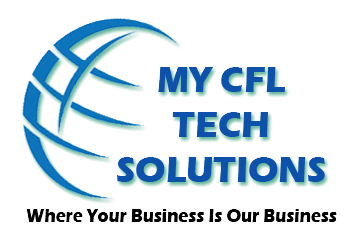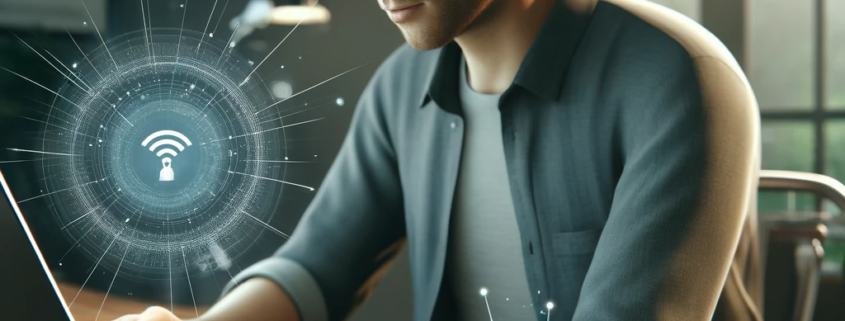Understanding Multi-Factor Authentication (MFA) for Business Security
In today’s digital world, safeguarding your business’s digital assets is crucial, yet many businesses still rely solely on traditional usernames and passwords. This method, much like leaving a key under the mat, is outdated and insecure. Multi-Factor Authentication (MFA) significantly enhances security by requiring additional verification methods to prove identity. This can be a game-changer in protecting against unauthorized access and cyber threats.
Machine vs. Account MFA: What’s the Difference?
MFA can be applied in two main forms: machine-level and account-level. Machine-level MFA requires authentication from the device itself, making sure that the machine used is authorized for access. Account-level MFA, on the other hand, protects user accounts by requiring additional proof of identity such as a text message or a one-time code sent to a mobile device.
The Security Benefits of MFA
The implementation of MFA provides layers of security. This strategy is akin to having both a deadbolt and a security alarm on your door — even if one barrier is bypassed, another stands to protect you. Agencies like the Cybersecurity and Infrastructure Security Agency (CISA) suggest that MFA can prevent 99% of potential breaches, reducing risks associated with weak passwords and unauthorized access.
Importance of Security Audits
While MFA fortifies defenses, a comprehensive security audit ensures no stone is left unturned. Regular audits help identify vulnerabilities and ensure that all security measures, including MFA, are functioning optimally. Such preventive measures are invaluable for maintaining robust cybersecurity.
Q&A Section
Q1: What happens if I lose the device used for MFA authentication?
A1: If you lose your device, most systems allow you to revoke access from that device and re-establish MFA on a new one. Always report lost devices immediately to maintain security integrity.
Q2: Can MFA be bypassed by sophisticated phishing attacks?
A2: While MFA significantly enhances security, it can still be vulnerable to sophisticated phishing attacks that trick users into revealing their authentication credentials. Educating employees about security risks and attack vectors is crucial.
Q3: How does MFA impact the day-to-day operations of employees?
A3: MFA may add an extra step to the authentication process, but it is usually quick and has a minimal impact on daily operations. The increased security often outweighs the slight delay in access.
In conclusion, adopting MFA is not just about adding layers of security; it’s about adapting to modern security demands to safeguard your business effectively. It’s a simple, yet powerful way to protect your company’s data and digital environments. Consider a security audit to customize your approach and ensure your defenses are as strong as possible. Don’t let cybercriminals find the proverbial key under the mat. Secure your business with MFA today!



